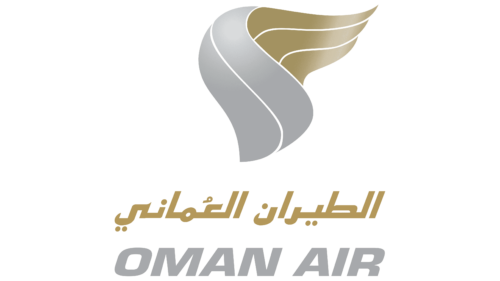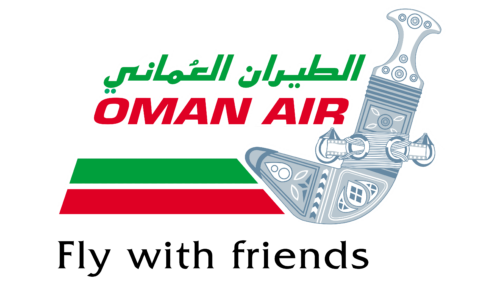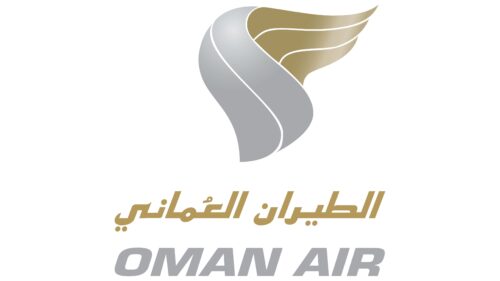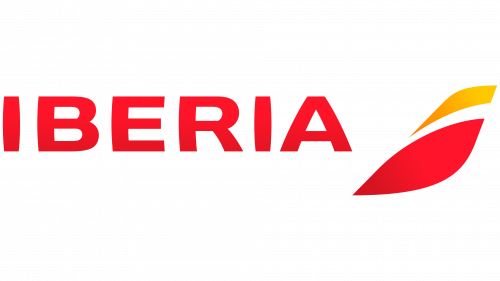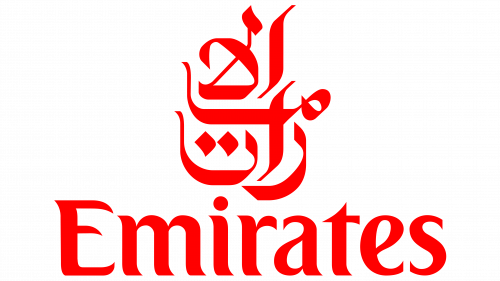The Oman Air logo demonstrates the airline’s signature style, commitment to luxurious service, and unparalleled comfort it aims to provide every passenger. The emblem conveys the airline’s values and is integral to the brand.
Oman Air: Brand overview
In 1993, Oman Air emerged as a regional airline within the Sultanate of Oman. The government established the airline to improve domestic connectivity and cater to short international routes to neighboring countries. This initiative aimed to enhance Oman’s aviation infrastructure and bolster connectivity across various regions within the Sultanate.
By March 1994, the airline commenced operations, launching its inaugural flight from Muscat to Salalah. Initially, the airline operated with a modest fleet of two Boeing 737-300s, servicing a limited number of domestic and regional routes.
From 1995 to 2000, the company focused on expanding its regional network. The airline began flights to neighboring Gulf countries, such as the United Arab Emirates, Qatar, and Bahrain. This regional expansion helped establish its presence and facilitated the growth of tourism and business ties in Oman.
In 2001, the Omani government decided to elevate the airline to the national carrier status. This move aimed to develop a robust national airline capable of competing internationally and promoting tourism in Oman.
A pivotal moment came in 2007 when the airline ventured into long-haul operations. The company acquired its first wide-body aircraft, the Airbus A330, which enabled it to launch routes to London and Bangkok. This development marked a significant milestone, transitioning the airline into an international carrier.
In 2009, the airline embarked on an extensive fleet modernization program, ordering new Boeing 737s and Airbus A330s. The airline expanded its international network to include European and Asian destinations, such as Frankfurt, Munich, and Kuala Lumpur.
By 2011, the company introduced enhanced business-class services on its long-haul flights. This included fully flat beds and upgraded in-flight dining, positioning the airline as a premium carrier.
The fleet modernization continued in 2014 with an order for the Boeing 787 Dreamliner, further boosting the airline’s capacity for long-haul operations.
Throughout 2015, the company expanded its network, launching flights to destinations like Singapore and Goa. The airline strengthened its partnerships with other carriers to extend its global reach.
2016, the airline received its first Boeing 787 Dreamliner, elevating the passenger experience on long-haul flights with state-of-the-art amenities.
In 2018, a transformative strategy was announced to enhance operational efficiency and financial performance. This strategy involved optimizing the route network and focusing on the most profitable destinations.
The modernization efforts continued into 2019 with the addition of new Boeing 737 MAX aircraft to the fleet, although their use was temporarily halted due to a global grounding.
In 2020, the airline adapted to the changing aviation market conditions, concentrating on streamlining its route network and improving operational efficiency to navigate the industry’s challenges.
Meaning and History
What is Oman Air?
This is the national carrier of Oman, based in Muscat, known for its unique blend of modern technology and traditional Arabian hospitality. The company operates a modern fleet, including Boeing 787 Dreamliner and Airbus A330 aircraft, serving routes to Europe, Asia, and Africa. It is renowned for its first-class onboard service, offering first-class passengers private suites with full-size beds. The company’s uniqueness lies in its stopover program, which allows transit passengers to stay in Oman for up to three nights at no additional cost.
Before 2008
The logo was created due to the merger of two companies that formed the foundation of the new airline. Its highlight is a detail borrowed from the cockpit, showcasing the airline’s high professionalism and excellent technical equipment.
The silver element occupies the entire right side of the logo, indicating the brand’s desire to move forward, adopt innovations, and use modern technologies. This detail signifies the carrier’s dynamic and rich internal energy reserves, sufficient for all services: standard passenger flights, charter flights, private deliveries, and cargo transportation.
The emblem distinctly reflects the company’s identity. This is expressed through the traditional Omani combination of white, green, and red stripes of equal width, as featured on the national flag. Through these colors, the airline conveys several key ideas:
- Authenticity
- National identity
- Pride in the nation
- Connection to traditions
- Desire to make their country widely recognizable
The cultural context of the logo is expressed in its color scheme: green symbolizes the fertility of the land, red represents the aspiration for leadership, and white signifies prosperity and peace. These colors form the basis of the national symbols and reflect the ancient values of the Omani empire.
The company name is presented in Arabic and English and is used in the country’s tourism and international business sectors. Hence, it is essential in the emblem. To harmonize the English letters with the Arabic symbols, the designers made them visually identical, applying uniform typographic techniques: smoothness, absence of serifs, and italics. The slanted glyphs add dynamism to the emblem, illustrating its acceleration toward quickly achieving goals and reaching destinations.
Another significant detail in the Oman Air emblem is the third line, colored in business black. It displays the airline’s slogan, showcasing its positive attitude toward passengers. Simultaneously, it hints to clients that the company is a friend they can trust. The simple phrase “Fly with friends” promises travelers a pleasant atmosphere, a trusting relationship, and psychological comfort.
2008 – today
A key feature of the modern Oman Air logo is the abstract element, which holds many meanings. For the airline, it symbolizes:
- A bird’s wing
- A runway
- A whirlwind
- A torch flame
Each of these symbols holds significant meaning for the brand. For instance, the bird’s wing represents a professional and confident flight. The runway indicates that the airline flies smoothly and quickly while adhering to safety protocols and arrival-departure times. The whirlwind conveys the speed at which the company transports passengers to their destinations and showcases the power of its aircraft fleet. The torch flame embodies the airline’s energy and passion for fulfilling customer service commitments.
All these symbols underscore the importance of reliability, dedication, seriousness, comfort, and high speed during air travel. This unique combination reflects Oman’s culture and history, the carrier’s task approach, and its commitment to enhancing passenger comfort. The original geometric shape allows the company to figuratively express its concept so that clients easily understand its meaning. This style adds increased dynamism to the emblem and balances the static text.
The designers used italics to make the text appear dynamic. It looks good in both fonts, harmonizing well with Arabic glyphs and English letters. The color difference between the upper and lower rows emphasizes the sense of movement. The gold top and silver bottom add prestige, extravagance, and high significance to the image of the Omani airline. Gold represents luxury and leadership, while silver signifies elegance and intelligence. Overall, the two precious metals speak of impeccable comfort and premium service.
